1. Plastic Pencil Cases
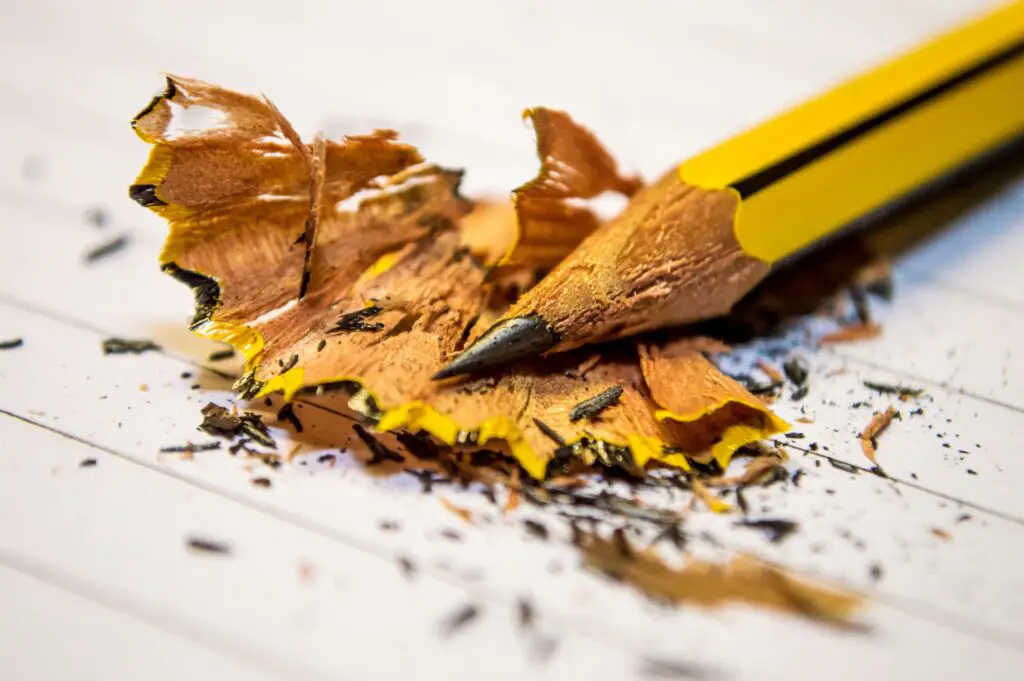
Back in the ’70s, pencil cases were all the rage, and kids carried their pens, pencils, and other school essentials in colorful plastic cases. But these seemingly harmless accessories were often made from brittle plastic, which could easily break and create sharp edges. A broken pencil case wasn’t just a nuisance—it could be a safety hazard, especially if someone accidentally cut themselves on the jagged edges. The plastic used in many cases also contained harmful chemicals, and some older cases might even have contained traces of lead.
The sleek, shiny design might have been stylish, but safety wasn’t always a priority during production. As a result, the pencil case went from a tool for organization to an unexpected danger. While most cases were durable enough to hold pencils, they were not necessarily built with the same safety standards we expect today. Many students probably didn’t realize the risks until it was too late, making those colorful cases a nostalgic yet risky relic of the past.
2. Ticonderoga Pencils with Lead
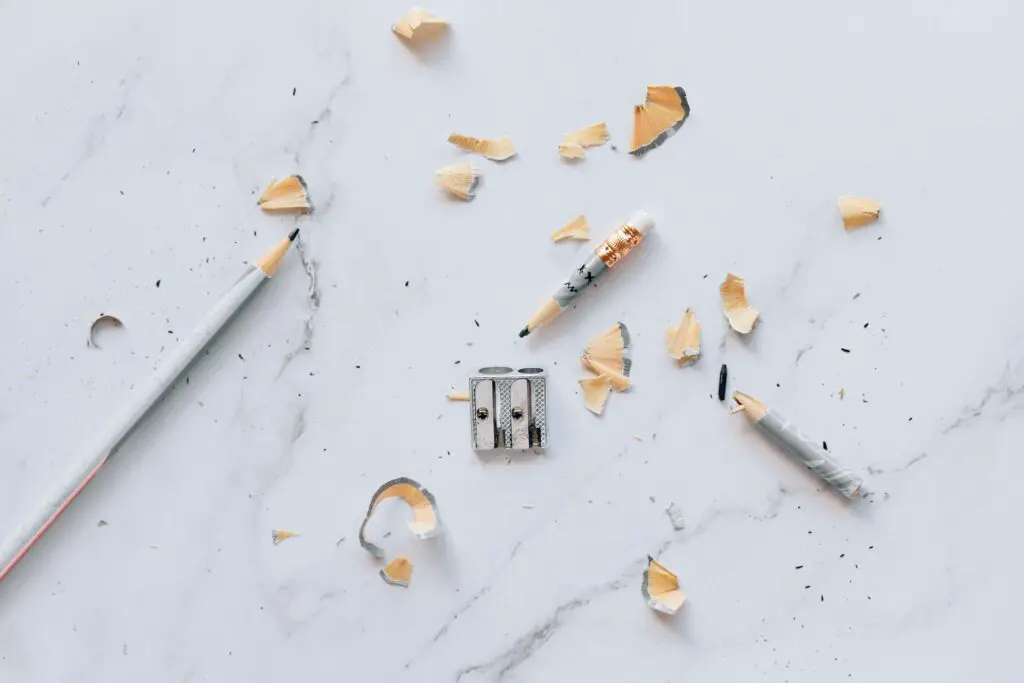
It’s hard to imagine a school day without the iconic Ticonderoga pencil, a staple for students throughout the ’70s. However, these pencils, like many others of the time, came with the troubling reality of lead. While we now know that the lead in pencils isn’t the same as the dangerous lead in paint or pipes, in the ’70s, parents and teachers didn’t have the same awareness about the risks of lead exposure. Kids chewing on the ends of their pencils or getting small pieces of lead in their mouths could have been unknowingly exposed to harmful substances.
In retrospect, we now know that even trace amounts of lead can be dangerous, particularly to young, developing children. Thankfully, modern pencils are made with non-toxic materials, but it wasn’t uncommon to see students with the telltale lead stains on their fingers, oblivious to the potential dangers they were facing. It’s amazing how something as innocuous as a pencil could be part of a bigger conversation about chemical safety.
3. Erasers with Asbestos
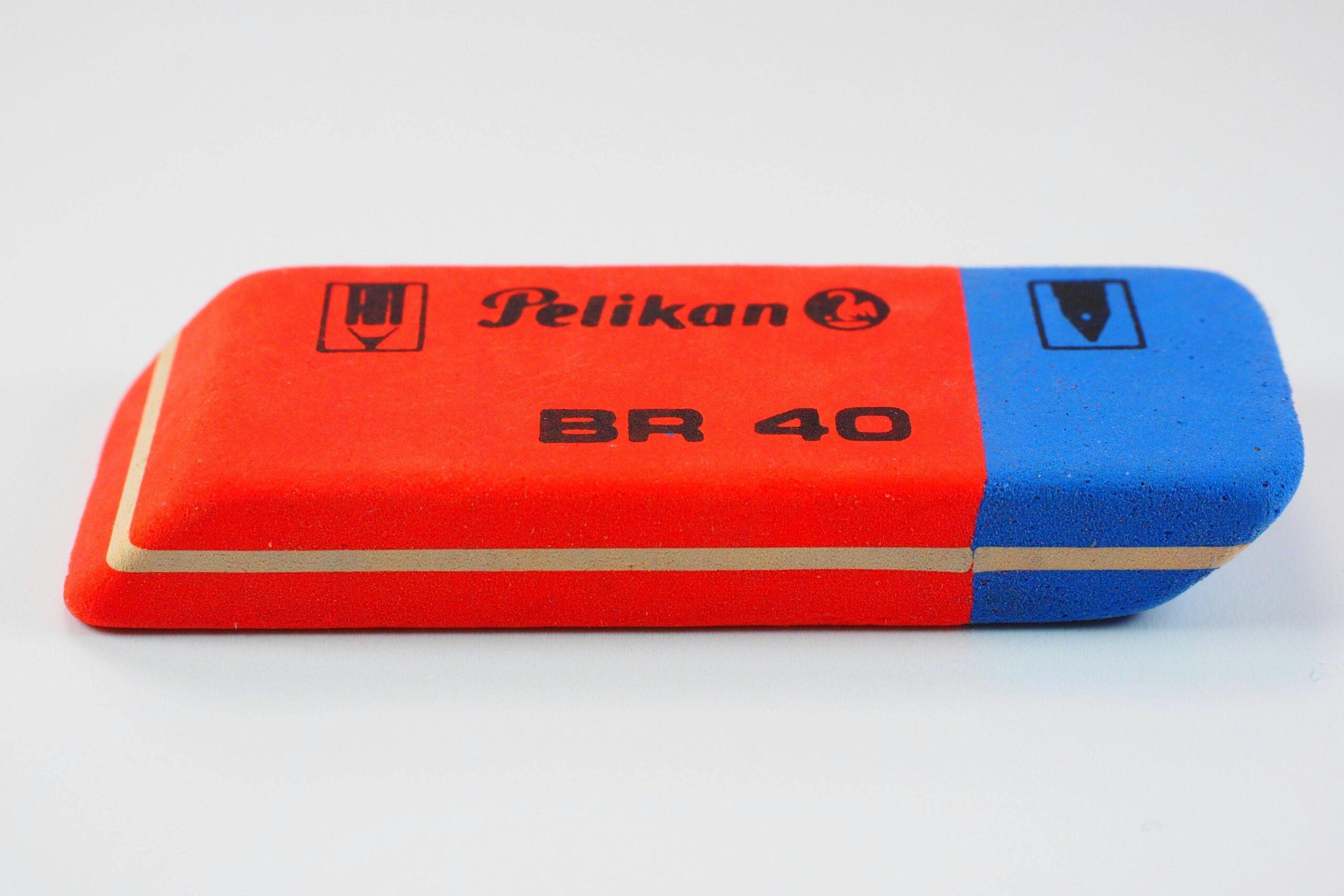
Erasers were an essential part of any student’s toolkit, but the pink rubber erasers from the ’70s had an unexpected risk. Some erasers, particularly those made before 1979, were manufactured using asbestos fibers for added strength and durability. At the time, the dangerous effects of asbestos weren’t widely known, and these erasers could be a serious health hazard when damaged or worn down. Asbestos is known to cause respiratory issues and cancers like mesothelioma, and kids who used these erasers in their daily schoolwork might have unknowingly inhaled dangerous fibers.
While asbestos was eventually phased out of most products in the ’80s, it was still commonly used in various school supplies before then. The possibility of inhaling tiny asbestos particles was one hazard no one considered when erasing their mistakes. Fortunately, the use of asbestos in school supplies has long since been banned, but for a while, the humble eraser was a ticking time bomb for unaware students.
4. Felt Tip Markers with Toxic Ink
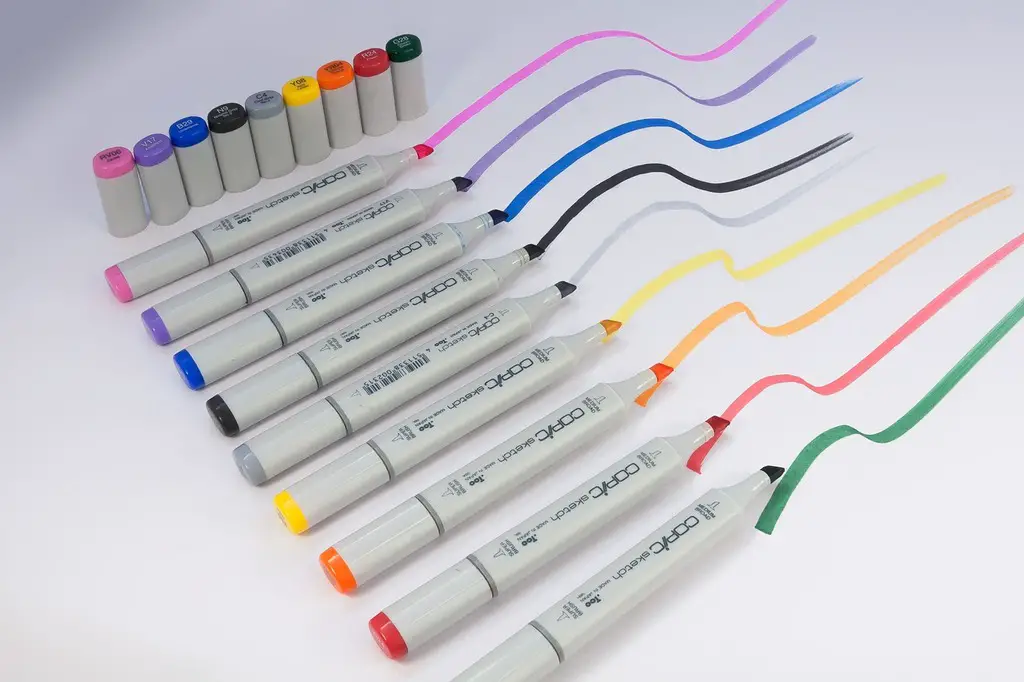
Felt tip markers in the ’70s were a colorful, vibrant addition to every classroom. However, the ink in those markers often contained harmful chemicals that we wouldn’t allow in children’s products today. The vibrant, bold colors came from solvents and dyes that were toxic when inhaled or ingested. Many felt-tip pens in the ’70s also used ink with formaldehyde, a known carcinogen. Students who loved to doodle for hours often had no idea that the ink they were using could be a health risk.
It’s hard to imagine now, given the improved standards for children’s products, but back then, kids were often exposed to potentially harmful substances without any warning labels. The chemicals in the ink could cause headaches, dizziness, and other respiratory issues, especially in classrooms without proper ventilation. As a result, those artsy moments could have been more dangerous than we ever realized at the time.
5. Glue Bottles with Hazardous Solvents
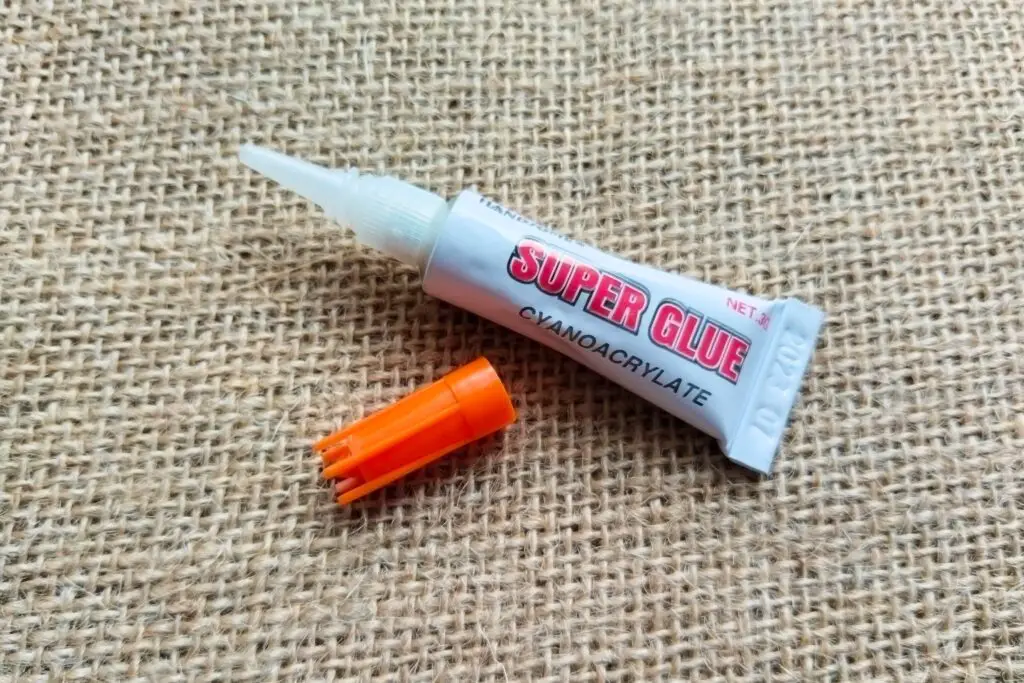
Ah, the classic white glue bottle—an item every child was familiar with in the ’70s. It’s almost impossible to forget the sweet smell of glue in art class, but that scent came from the solvents that were often included in the formula. Many of these glue bottles contained formaldehyde or other harsh chemicals that were harmful when inhaled over time. For years, kids spent hours with the glue bottle, not realizing that their enthusiasm for crafting could have exposed them to harmful substances.
While the glue served its purpose—helping students create everything from paper mache projects to collages—the fumes it released were not as safe as we thought. These chemicals could cause respiratory irritation, dizziness, and nausea. Thankfully, modern formulations have improved significantly, focusing on non-toxic, child-safe ingredients. But back in the ’70s, glue was another school supply with a hidden danger.
6. Chalk Dust
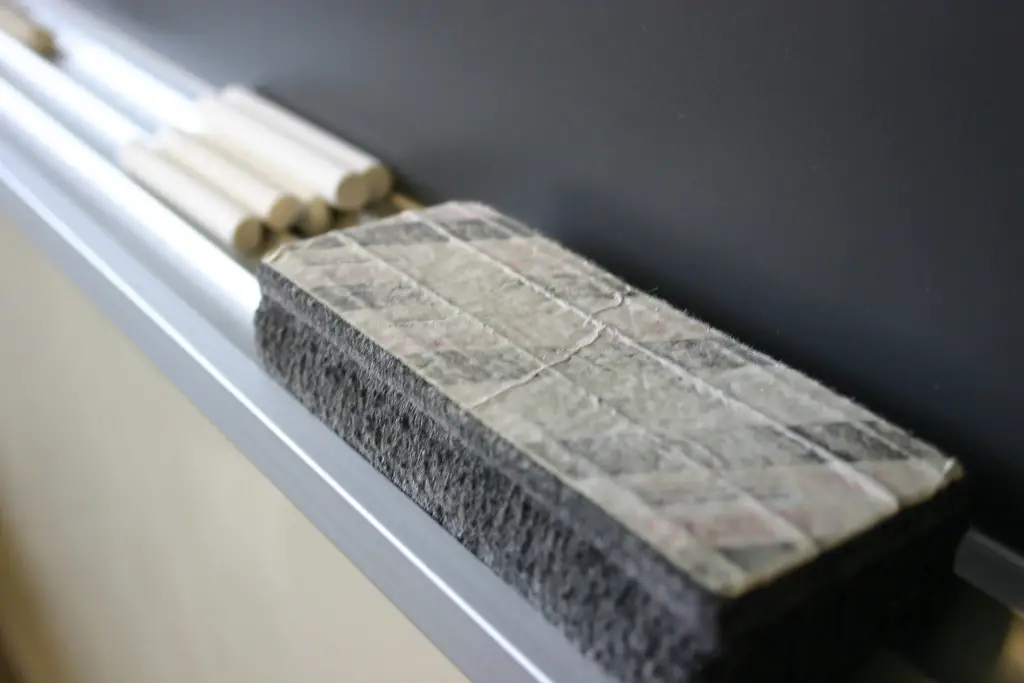
Chalkboards were the backbone of every classroom in the ’70s, and chalk was a must-have supply for every teacher. But that powdery substance that made up your everyday chalk was more dangerous than you might think. The fine chalk dust that was released into the air could irritate the eyes and lungs, and prolonged exposure to it led to respiratory issues like asthma and bronchitis. Teachers, who were exposed to it daily, were especially at risk of long-term effects.
Kids in classrooms filled with chalk dust didn’t realize that this seemingly harmless substance could be causing harm. While it wasn’t as toxic as other materials used in classrooms, it was still a health hazard that many people took for granted. The switch to whiteboards in the late ’90s was a welcome change, as it eliminated the problem of inhaling chalk dust in every classroom.
7. Metal Rulers
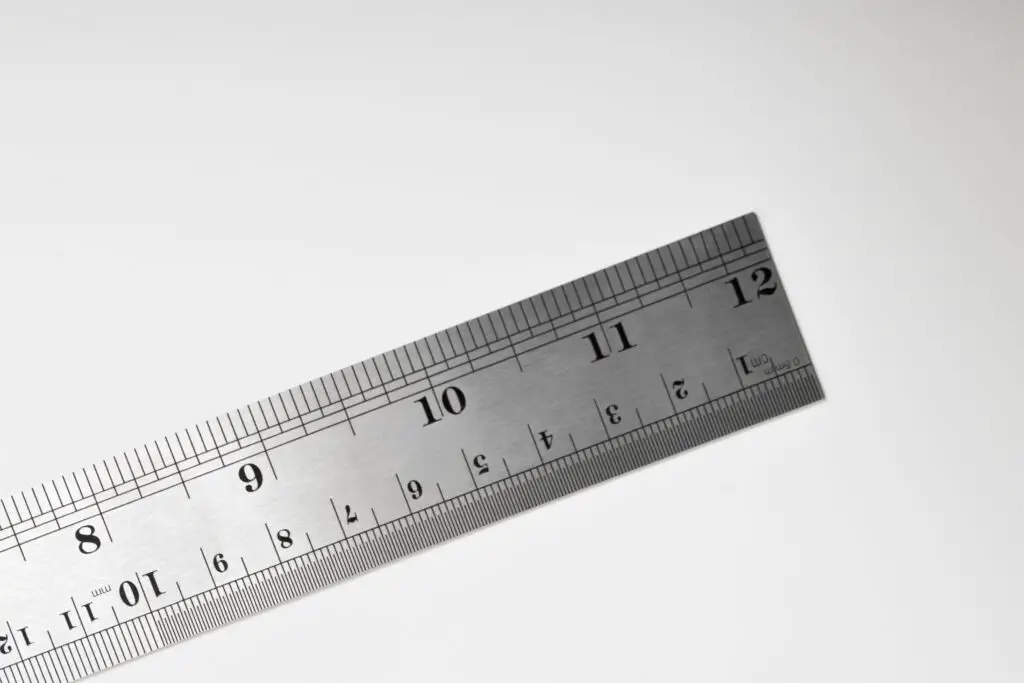
In the ’70s, metal rulers were commonly used for measuring, drawing lines, and even as makeshift weapons during a classroom spat. These sturdy, sharp-edged rulers were made of heavy metals like aluminum or steel, which could easily cause cuts or injuries if handled too roughly. Kids often used them to measure and draw straight lines, but those thin edges were deceptively sharp. A sudden slip or overzealous use could lead to a nasty cut, leaving students bleeding or injured.
What seemed like a useful tool turned out to be a bit of a hidden danger. The edges weren’t always smooth, and metal rulers were notorious for causing accidents when they were tossed into desks or playfully used in the wrong way. Though safer plastic rulers eventually became more common, the old-school metal versions remained a staple for many years. But in hindsight, they were probably a little too sharp to be used as casually as they were.
8. Colored Pencils with Lead-Based Pigments
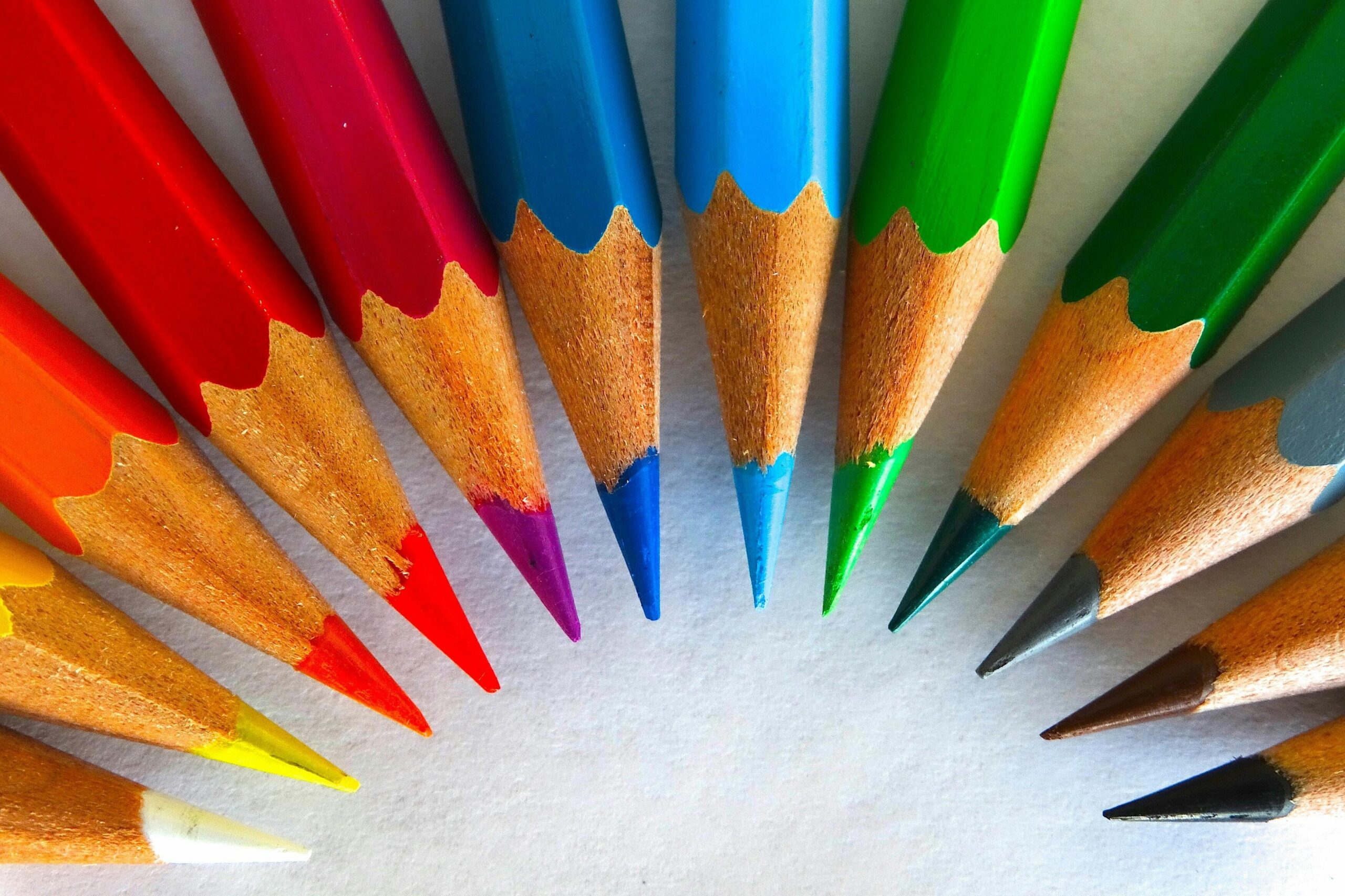
Colored pencils were the crown jewel of many students’ pencil cases during the ’70s. But what many didn’t know was that the pigments in these pencils sometimes contained lead-based chemicals. These colored pencils often had vibrant hues that were produced by mixing lead with various pigments, and students, especially those with the habit of chewing on their pencils, could accidentally ingest small amounts of the harmful substance. Lead poisoning was a serious concern, and children were particularly vulnerable due to their developing bodies.
The lead-based colors were bright and beautiful, but they came at a cost to health. As awareness grew about lead poisoning in the 1980s, these pencils were taken off the shelves, replaced by safer alternatives. It’s hard to imagine now, but those childhood art projects might have been a lot more dangerous than we ever knew.
